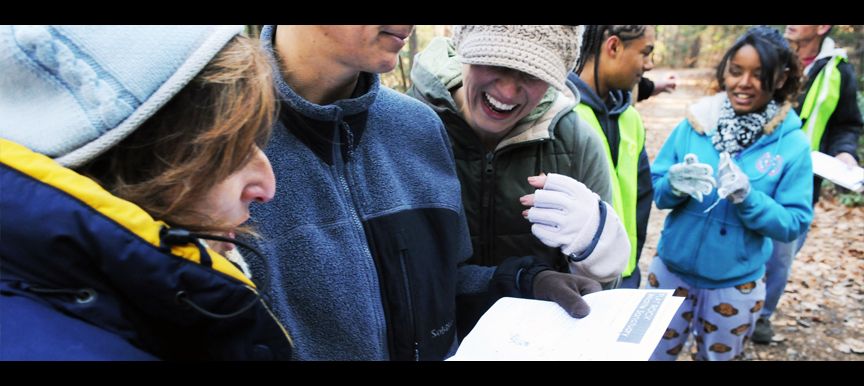Active Living By Design (ALBD) just released a fresh model for community-driven change to reflect the evolution of the healthy community field’s growth. A fiscally sponsored project of TSNE located in North Carolina, ALBD works to create healthier places through community-led change with a focus on the policies, systems and environments that shape our daily lives.
An easy-to-navigate graphic displays the model’s framework and how the elements are connected. This new model highlights the importance of a community’s context, defines six essential practices that undergird success and outlines a three-part action approach. It also describes expected impacts. This updated model was created to support community coalitions and local leaders seeking a collaborative approach to creating healthier places, as well as to funders seeking a tested approach for local investments.
ALBD’s original Community Action Model (CAM) was developed years ago as an evidence-informed framework for increasing active living and healthy eating in communities through comprehensive and integrated strategies. It served as a guide for communities and philanthropic organizations as they implemented bold new approaches to create healthier policies and environments.
These approaches advanced the collective understanding of the complex nature of healthy community change while leaders at all levels (in communities and in philanthropic organizations) contributed their experiences to deepen the learning. In time, the healthy community change field grew into exciting new territory, and the initial CAM no longer adequately addressed many of the nuances being drawn out by practice. Nor did it lift up the most important elements for sustaining these efforts.
In 2015, ALBD began enriching the CAM to address those gaps based on more than a dozen years of successful initiatives across the country. The updated Community Action Model is now relevant for a variety of community health goals. The ALBD staff reflected on what they had learned from community leaders and funders and then dissected every component of the original model. They developed iterative drafts and checked their assumptions with community leaders and advisors along the way. They then engaged in conversation with ALBD alumni (community leaders with whom they had long-standing relationships), gathered stories about the communities’ work and connected those to themes in the updated Model. Throughout 2016, the organization will continue to develop content that will allow community leaders and funders to dive deeper into the model’s components.
To explore the model, visit http://activelivingbydesign.org/about/community-action-model/ or contact Active Living By Design for more information.
